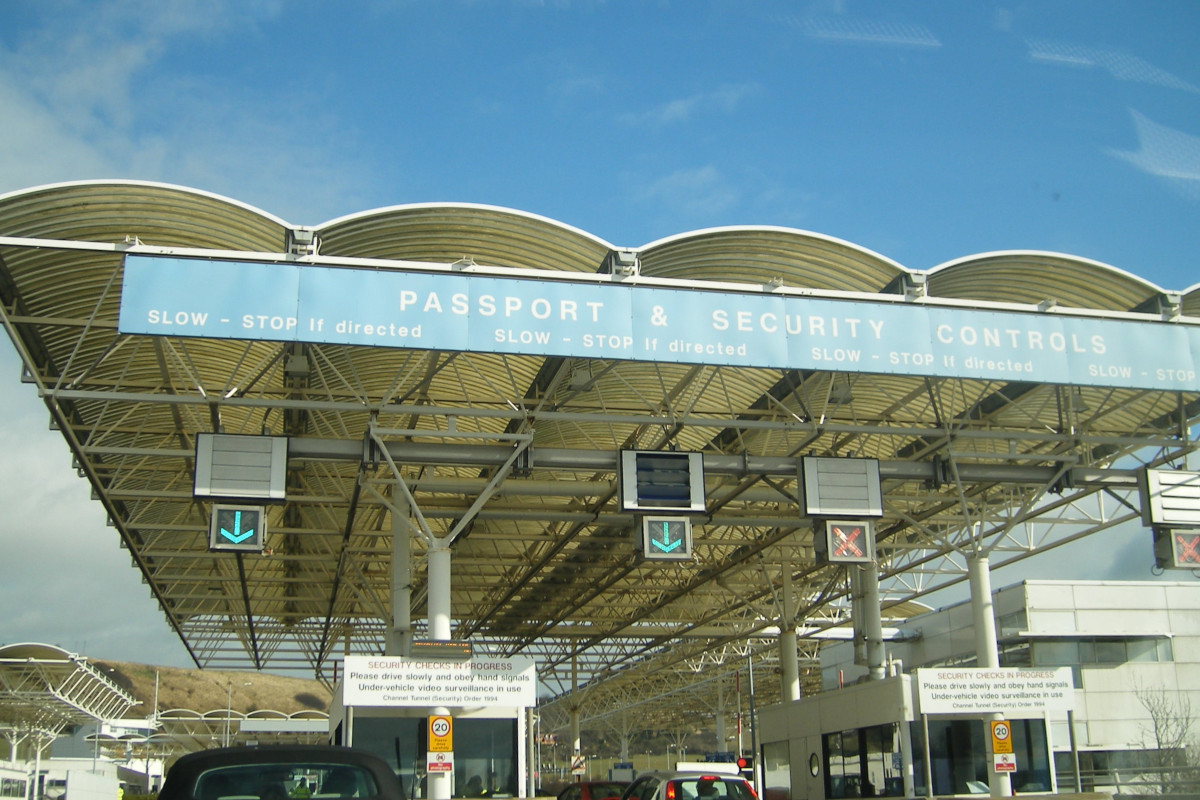Not so interoperable: discussions underway to “decouple” launch of new EU border databases
Topic
Country/Region
05 July 2023
Ongoing delays to the Entry/Exit System (EES) may mean the European Travel Information and Authorization System (ETIAS) is put into operation first, in a break with previous plans.
Support our work: become a Friend of Statewatch from as little as £1/€1 per month.

Image: Jordiet, CC BY-SA 2.0
In a non-paper (pdf) dated 3 May and addressed to the Council's Working Party on Frontiers, the Belgian delegation proposed decoupling the launch of two forthcoming large-scale databases, the Entry/Exit System (EES) and the European Travel Information Authorisation Scheme (ETIAS).
The non-paper explains that the option of decoupling the EES and ETIAS arises from the ongoing delays to the implementation of the EES, which has so far led to multiple revisions of the timeline. This change of plans would mean the ETIAS could begin operating in May 2024.
Despite altering the interoperability project’s overall framework, the document argues that rushing ahead with one system and extending its scope may be viable and beneficial. It does not address whether prioritising ETIAS at the EU and national levels under the decoupling option would further delay the development and coming into operation of the EES.
The decoupling option and its possible impacts
“Significant technical delays” have postponed agreement on a new date for entry into operation of EES, which is unlikely to come into use by the end of autumn 2023. France has requested postponement until after the summer of 2024 so the system does not cause delays at the border during the Olympics. Member states have confirmed that despite promises of increasing efficiency, the EES will substantially increase border crossing times.
As a six-month delay is currently envisaged between the entry into operation of EES and ETIAS, the former being put into use until after summer 2024 means the latter would then not be operative before 2025. The non-paper argues that these possible further delays make it worth exploring the possibility of decoupling the two systems to limit the impact of EES delays on the “smart borders” initiative as a whole.
The EES will create a registry of all border crossings by non-EU citizens, storing their fingerprints, a photograph and the times and places of their entries and exits in a centralised database. The ETIAS will be used to check and store applications for “travel authorisations” by citizens of countries who do not need a visa to enter the EU.
The note explores the “advantages, disadvantages and possibilities” resulting from such a decoupling, without venturing into its technical aspects and feasibility, instead proposing that this be worked out by eu-LISA, the EU Agency for the Operational Management of Large-Scale IT Systems in the Area of Freedom, Security and Justice.
Legality
From a legal viewpoint, neither the ETIAS nor the interoperability legislation is viewed as preventing ETIAS from coming into operation before the EES. Decoupling would be a political decision rather than a legal one, allowing the “partial” operation of one project (without all databases envisaged being searchable) and would amount to an “easy win”, enabling further testing without impact in practice.
Budgeting
Decoupling is viewed as potentially beneficial from a budgeting perspective, because funds allocated to member states have deadlines attached to them. Problems have been identified regarding allocations and efficient spending, as rules establish that funds must be spent swiftly despite the EES project being blocked. Governments may also be reluctant to allocate the necessary funds, in view of delays at the central level. The case is made that decoupling would enable funds to be used “more accurately and efficiently” by member states.
National Units
Decoupling would have impacts on ETIAS National Units, which will be responsible for assessing whether to issue travel authorisations to applicants. Launching prior to the EES would mean materials and equipment would not lie unused for years, whilst at the same time giving them 10 months (assuming a May 2024 launch) to recruit the necessary staff.
The decoupling of the two systems also appears feasible from an operational perspective, the note argues. National units would initially have less “hits” against other databases to check manually due to the EES system not being in operation.
This will help staff learn how to manually assess hits, before the volume of hits increases in later phases. However, the limited number of hits in the initial phase may lead to passengers receiving “travel authorisation even though they present a certain risk,” meaning that controls at the external borders themselves will remain important.
Technical impact – a reliance on eu-LISA
The technical impact of a decoupling decision will mean prioritising technical developments for the ETIAS in time for its entry into operation in May 2024. For this, eu-LISA will have to deliver “all required environments” because the ETIAS software will only search the ETIAS database through the European Search Portal (ESP) and there are multiple technical requirements that need to be in place for both ETIAS and the ESP to function.
Organisational impact
Regarding business and organisational impacts, decoupling ETIAS from EES would have a limited impact at borders, the note argues. EES is supposed to eliminate the need for manual checking of stamps in passports; this would continue until it comes into use. Further, putting ETIAS into operation would not require the installation of kiosks, cameras and fingerprint scanners, unlike the EES, which requires a substantial technical infrastructure to take fingerprints and photographs for storage in the EES.
The main organisational impact would be on ETIAS training sessions, ETIAS legislation and related software and environments. The note – produced in May – argued that a decoupling decision in June 2023 to speed up ETIAS implementation would make it feasible for member states to “finalise the development of training sessions” and organise them in the first quarter of 2024. However, in June the Justice and Home Affairs Council committed to agreeing a new timeline at its meeting in October.
Documentation
- Belgian delegation: Non-paper on EES-ETIAS decoupling: a high level analysis (Council doc. 8936/23, 3 May 2023, pdf)
Our work is only possible with your support.
Become a Friend of Statewatch from as little as £1/€1 per month.
Further reading

Development of EU border police watchlist is “progressing well”
The development of a new watchlist for “identifying connections” between people seeking authorization to travel to the EU and terrorist or criminal suspects is “progressing well”, according to a Europol report obtained by Statewatch.

EU: Interoperable migration and police databases: a data trove for Frontex
The EU’s border agency, Frontex, will be able to access vast quantities of data once the EU’s ‘interoperable’ policing and migration databases are fully operational. In particular, its access to extensive new sets of statistics is intended to increase the detail, influence and reach of its risk analyses and policy recommendations.

Schengen border crossing times to increase massively when new database comes into use
EU institutions and member states are racing to have the Entry/Exit System (EES) in place by May 2023. The system will be used for the biometric registration of all travellers to the EU, compiling the times and places they entered and left the bloc. Stay times will be automatically calculated with the hope of catching and removing 'overstayers'. However, the waiting time for travellers at borders looks set to increase substantially. A compilation of member states' comments gives an overview of progress with the system's implementation.
Spotted an error? If you've spotted a problem with this page, just click once to let us know.
